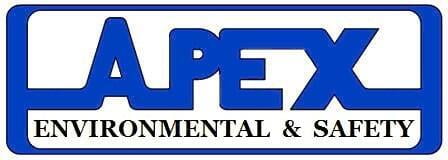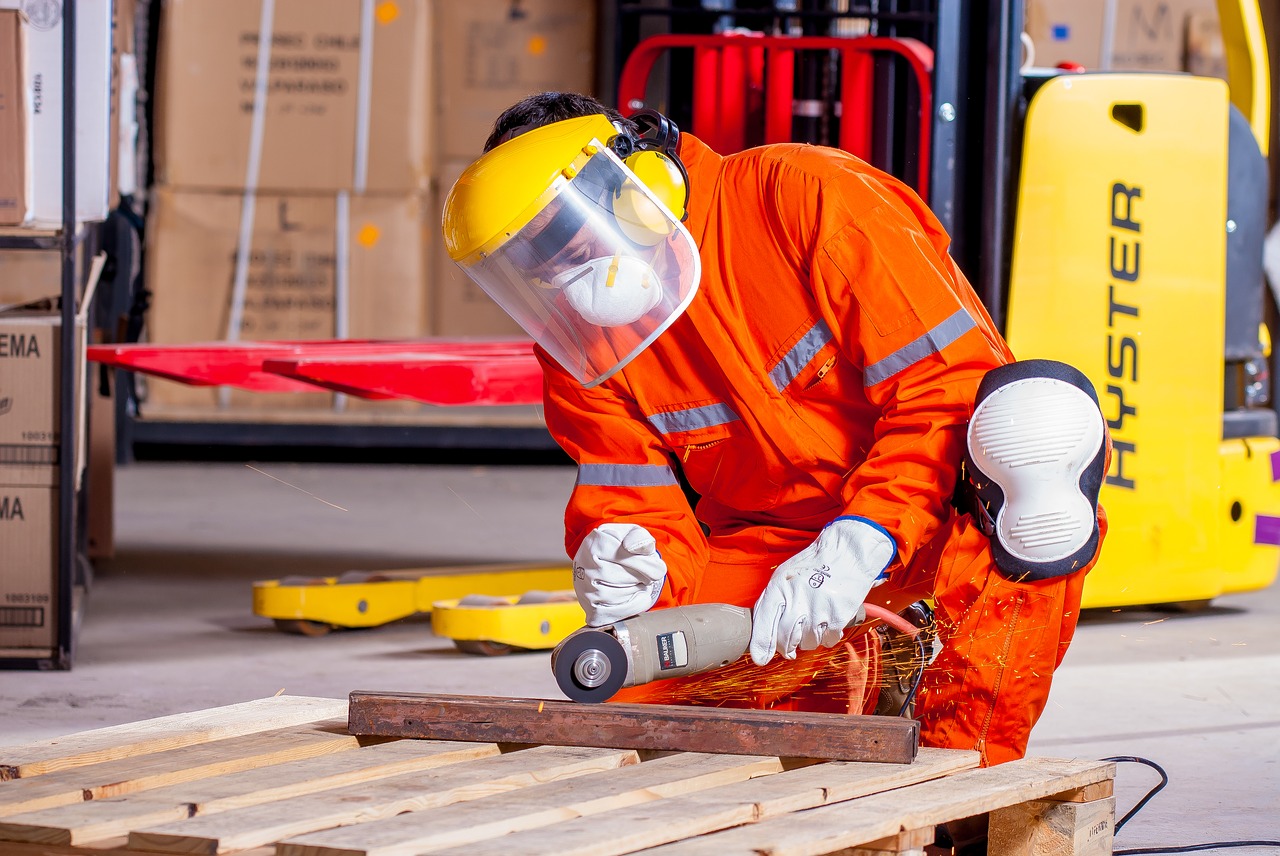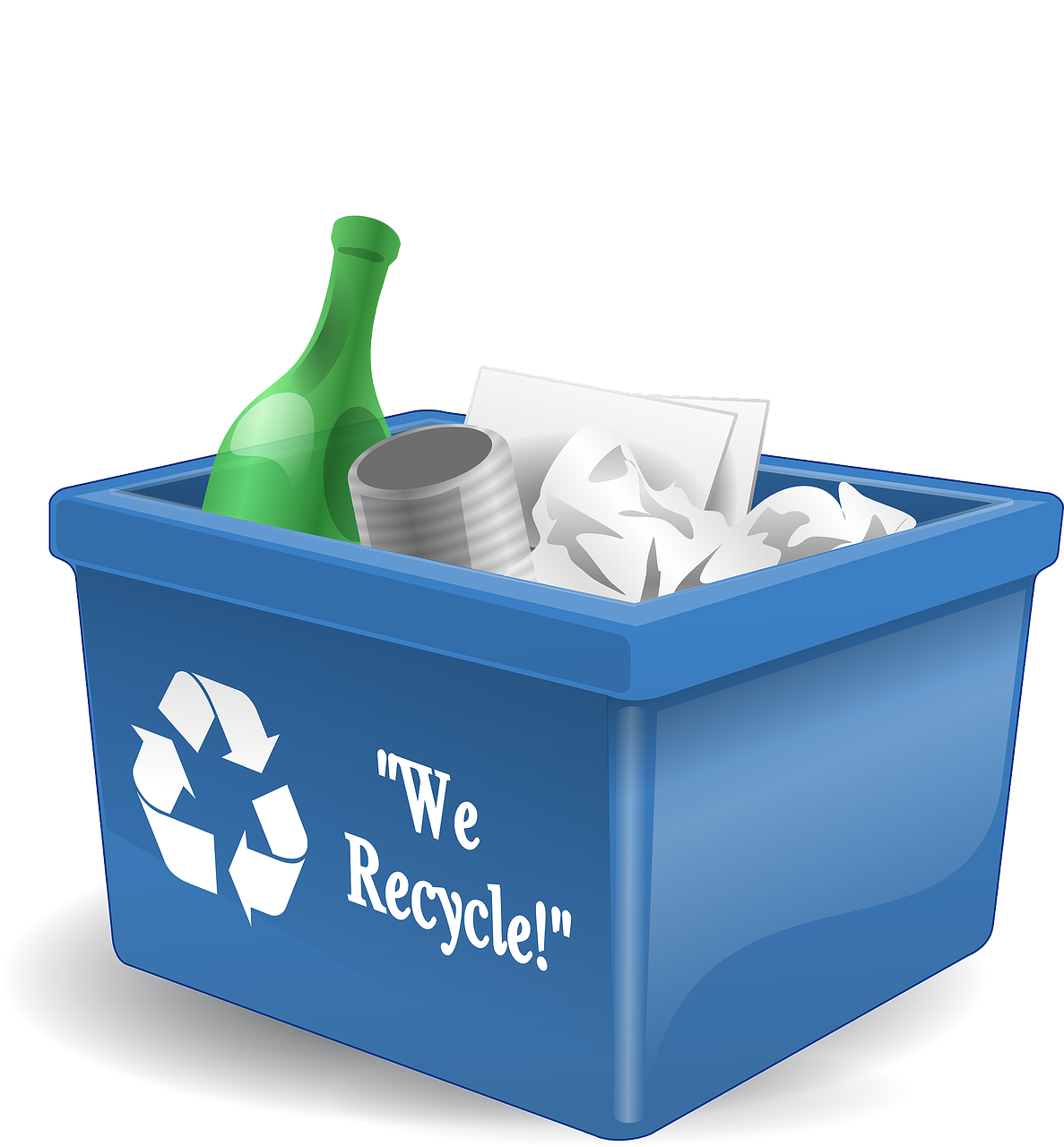Personal Protective Equipment (PPE) Use and Maintenance
Objective: To ensure employees understand the importance of using PPE correctly and how to properly maintain and care for their PPE.
Introduction: Personal Protective Equipment (PPE) is worn to protect employees from hazards in the workplace. It is important that employees understand how to properly use and maintain their PPE to ensure it is effective in protecting them from harm.
The supervisor of this meeting should cover the following topics:
1. What is PPE?
2. When should PPE be used?
3. Types of PPE (eye protection, gloves, hard hats, etc.)
4. How to properly use and wear PPE
5. Inspecting PPE before each use
6. Cleaning and maintaining PPE
7. Storage and replacement of PPE
8. Proper disposal of PPE
Key points:
- PPE should be used when there are hazards that cannot be eliminated through engineering or administrative controls.
- PPE should be selected based on the specific hazards present in the workplace.
- PPE should be properly fitted to the individual employee.
- Employees should inspect their PPE before each use to ensure it is not damaged or worn out.
- PPE should be properly cleaned and maintained according to the manufacturer's instructions.
- PPE should be stored in a clean and dry location, and replaced when it is damaged or worn out.
- Used PPE should be disposed of properly to prevent exposure to hazardous materials.
Examples of PPE:
1. Eye protection: Safety glasses, goggles, face shields.
2. Hearing protection: Earplugs, earmuffs.
3. Respiratory protection: Masks, respirators.
4. Hand protection: Gloves (cut-resistant, chemical-resistant, etc.).
5. Head protection: Hard hats, bump caps.
6. Foot protection: Steel-toed boots, slip-resistant shoes.
7. Body protection: High-visibility vests, aprons, coveralls.
The type of PPE required depends on the specific hazards present in the workplace. It is important to consult with a safety professional or supervisor to determine the appropriate PPE for a given task or job.
Conclusion: By properly using and maintaining PPE, employees can protect themselves from hazards in the workplace. It is important to follow proper procedures for selecting, inspecting, cleaning, storing, and disposing of PPE to ensure its effectiveness. Remember, PPE is the last line of defense against workplace hazards, so it is crucial to use it correctly.
Recycling and Waste Reduction
Introduction:
Recycling and waste reduction are important ways to protect the environment and conserve resources. Facilities can play an important role in reducing waste and promoting recycling efforts. By implementing waste reduction strategies and encouraging recycling, facilities can help reduce their environmental impact and save money on waste disposal costs.
1. Assess your waste stream:
The first step to reducing waste is to understand what types of waste your facility generates. Conduct a waste audit to determine the types and amounts of waste that your facility generates. This will help you identify areas where waste reduction and recycling efforts can be focused.
2. Reduce waste at the source:
One effective strategy for waste reduction is to prevent waste from being generated in the first place. Encourage employees to reduce paper usage, switch to electronic communication, and avoid disposable products. Consider purchasing items in bulk to reduce packaging waste.
3. Implement a recycling program:
Set up a recycling program to ensure that recyclable materials are properly collected and sorted. Provide clear signage and instructions for employees to follow. Make sure that the recycling program is convenient and accessible for all employees.
4. Purchase recycled products:
Encourage the purchase of products made from recycled materials. Look for products with recycled content and reduce packaging waste by purchasing products in bulk.
5. Educate employees:
Provide training and education to employees about waste reduction and recycling efforts. This can include information about what materials can be recycled, how to properly sort waste, and why waste reduction is important.
Conclusion:
By implementing waste reduction and recycling strategies, facilities can reduce their environmental impact and save money on waste disposal costs. Encourage employees to participate in these efforts and make sure that the program is properly maintained and promoted. Remember, small changes can make a big difference when it comes to reducing waste and protecting the environment.


